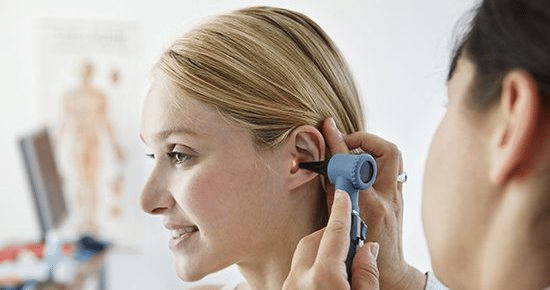Should you have ear micro suction or ear syringing?
Do you suffer from blocked ears or muffled hearing? It may be due to wax impaction.
Impacted ear wax, leading to blocked ears and hearing loss as well as fullness and discomfort, is common. The chances of wax accumulating are increased by use of external objects in the ear canal including hearing aids, especially in the elderly and the use of cotton buds. The first-line option is ear wax softeners e.g., docusate sodium. This increases the likelihood of ear wax clearance, compared with no treatment.
The traditional method of ear wax removal in most GP surgeries in Australia is by ear syringing or ear irrigation. Ear syringing can result in variable pressure of water injected into the external ear canal.
Patients can often cough during the procedure (mediated through cranial nerves CNIX and X) and patients can experience significant (although usually transient) tinnitus or vertigo. Other well – documented complications including external ear infections (Otitis externa), middle ear infections (Otitis media) as well as ear drum perforations. The retention of water behind incompletely removed ear wax increases the risk.
Expert opinion is fairly consistent in terms of support for ear micro suction as the safest method of ear wax removal, resulting in the lowest prevalence of complications. No procedure is risk-free but ear micro suction offers several advantages over syringing:
- Micro suction may be used even in the presence of ear drum perforation
- It is the only technique safe to use for wax/debris removal in the presence of an external or middle ear infection
- Complication rates are reduced in comparison with ear irrigation.





















